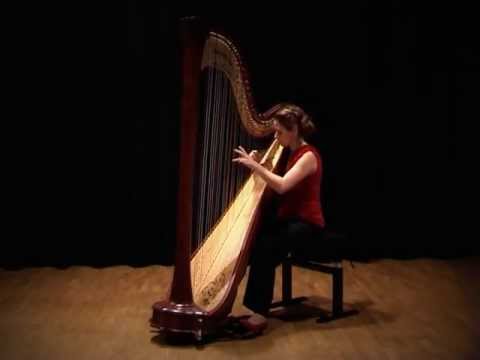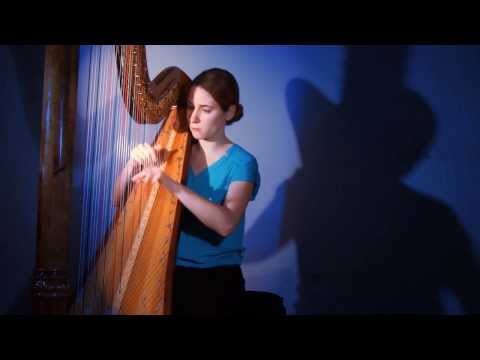Takirari - Bolivian Folk Song (Flute and Harp Duet)
Performed by flute and harp duet Traversées Harp: Maia Darme (http://www.maiadarme.com) Flute: Myriam Darme (http://www.myriamdarme.com) Taquirari (also spelled Takirari) is a musical tradition developed by the indigenous peoples of eastern Bolivia. The genre is thought to have originated within the Moxo culture in the northeastern region of the country (the current Beni Department) being also an established tradition in the rural areas of Santa Cruz. Like other genres from that area, it combines indigenous and Hispanic elements. It might have originated as a form of Moxo ritual music to invoke the god of hunting. After the Spanish colonization, the genre expanded beyond its ceremonial setting as popular form of dance music in the region, thus becoming part of the Bolivian creole culture. Traditional instrumentation includes handheld drums (bombo, caja) and flutes (quena), as well as the charango, a small creolized guitar considered the national instrument of Bolivia. Taquirari compositions are structured as AABB or AABBCC and their lyrical content is almost always romantic, even though the genre originally lacked vocals and harmony. The music has a duple 2/4 meter and a syncopated rhythm. Taquiraris are pentatonic, which suggests cultural exchange with Andean Folk Music, especially Huayno. During the 19th century, the genre spread to the northern regions of Chile, Argentina and Uruguay; many famous taquirari perfomances and compositions have been done by artists from these regions including Alfredo Zitarrosa and Horacio Guarany. Bolivian singer/songwriter Matilde Casazola is an important exponent of the genre in its native country, and Percy Ávila was one of the most prolific composers. The first group to popularize the genre across Bolivia was Las Kantutas, a female duo from La Paz that played live on the radio and recorded several singles during the 1940s. In the late 1960s, Los Jairas kept the style in vogue, and today many traditional ensembles continue to play taquiraris. [flute harp duo, duo flute et harpe, flauta, kena, quena, dance, latin america, latin american music, musique amérique latine, america latina, america del sur, amérique du sud, south america, Andes, Cordillère des Andes, Miriam Maya Darme Maïa Darmé folk traditional dance French harpist Paris classical music danse traditionnel folklorique Camac harpiste classique arpista francesa arpa harfe arrangement transcription song música clásica canción folklore traversé traversee singer, chanteuse, harpiste classique, arpista francesa, Harfa ; Harpa ; Hárfa ; Arp ; Harppu; Hạc cầm ; Харфа ; Арфа ; 하프 ; נבל ; ハープ ; არფა ; Տավիղ ; 豎琴 ; الة الهارب مايا دارمي ; বাঁহী ; གླིང་བུ། ; 플루트 ; बाँसुरी ; חליל צד; ಕೊಳಲು; ფლეიტა; ഓടക്കുഴൽ; 笛 ; ਫ਼ਲੂਟ ;Sáo مايا دارمي ,الة الهارب]
Maia Darme-ის სხვა ვიდეოები
 04:00
04:00
Toccata, Guillaume Connesson - Maia Darme (Solo Ha...
 02:40
02:40
Brian Boru's March - Myriam \u0026 Maia Darme (Har...
 09:21
09:21
Fantaisie for Solo Harp Op.95 - Camille Saint-Saën...
 02:00
02:00
Maia Darme - Aquaharp (Animusic on a real harp)
 04:30
04:30
Bach Italian Concerto BWV 971 - Maia Darme (Solo H...
 04:39
04:39
Concerto pour une voix, Saint Preux - Duo flûte et...
 02:38
02:38
A French Rag (Matthieu Vinel) - Maïa Darmé (Solo H...